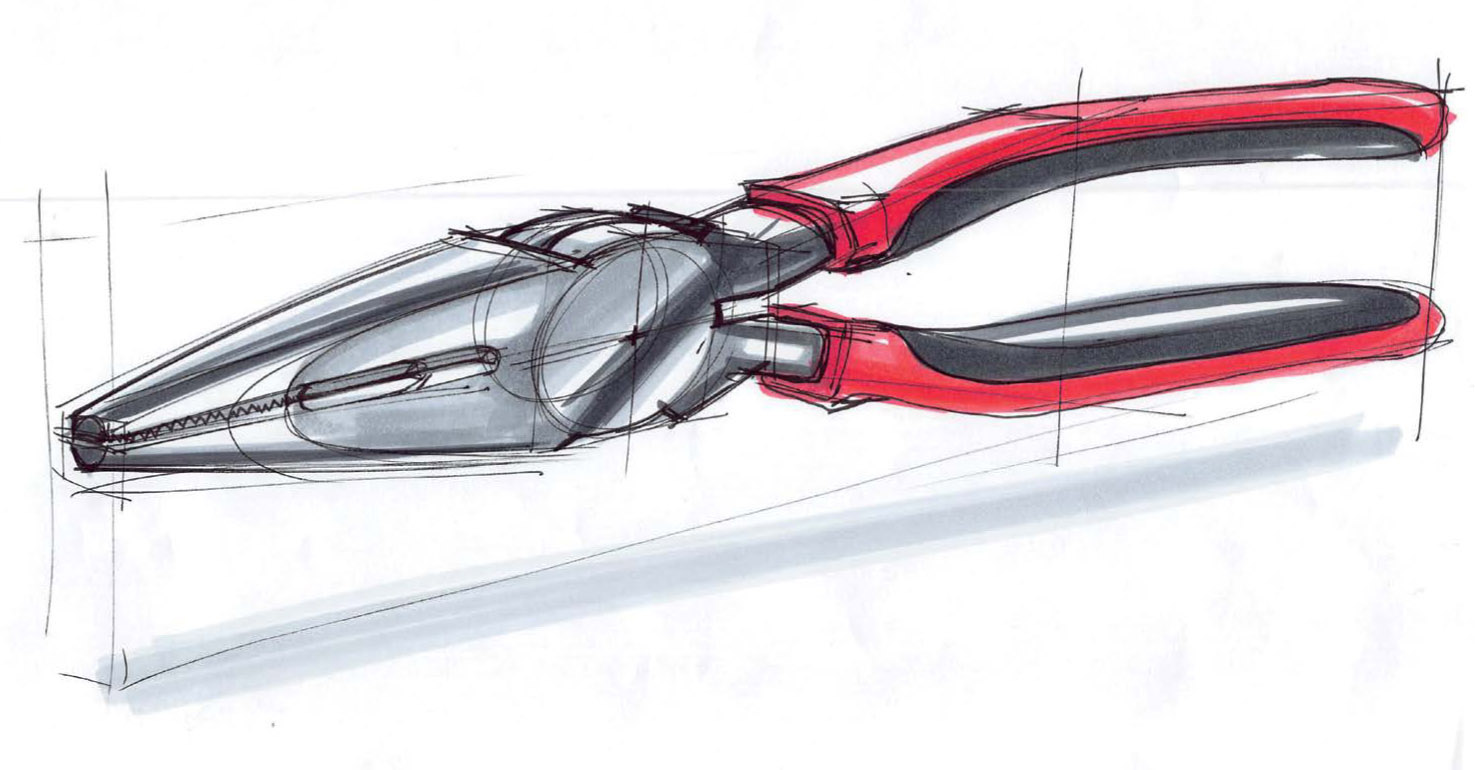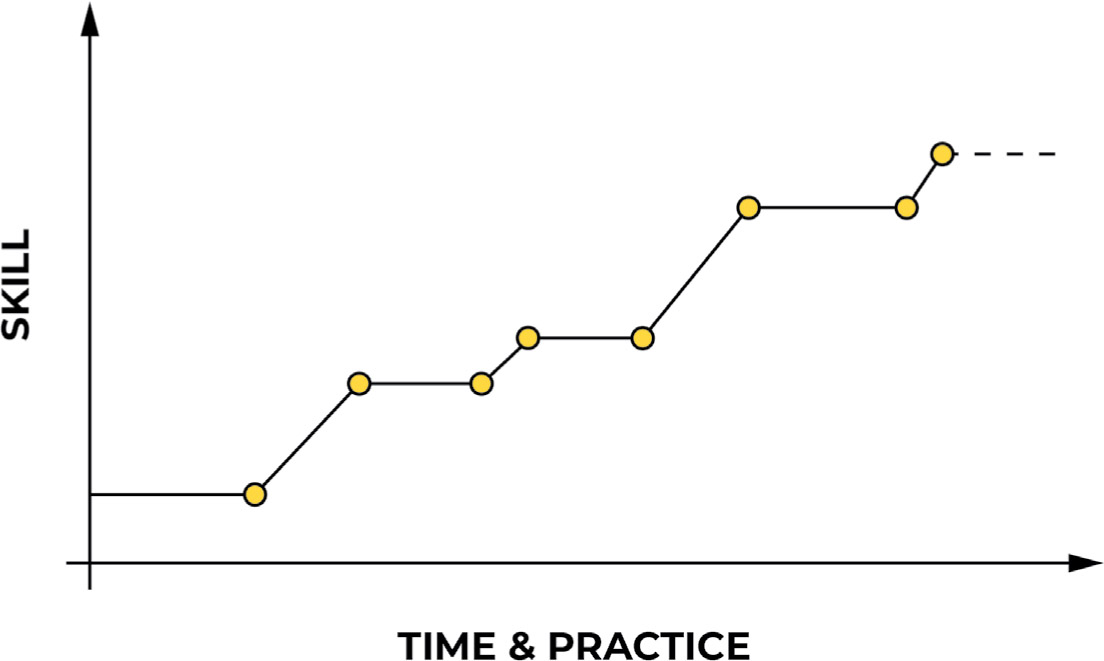Contents
List of Figures
Guide
Pagebreaks of the Print Version
PERSPECTIVE DRAWING
GUIDE
SIMPLE TECHNIQUES FOR MASTERING EVERY ANGLE
SPENCER NUGENT
THE PERSPECTIVE DRAWING GUIDE:
SIMPLE TECHNIQUES FOR MASTERING EVERY ANGLE
SPENCER NUGENT
Editor: Kelly Reed
Project manager: Lisa Brazieal
Marketing coordinator: Katie Walker
Copyeditor: Joan Dixon
Interior layout: Hespenheide Design
Cover design: Aren Straiger
Cover images: Spencer Nugent
ISBN: 978-1-68198-903-7
1st Edition (1st printing, November 2022)
2023 Spencer Nugent
All images Spencer Nugent unless otherwise noted.
Rocky Nook Inc.
1010 B Street, Suite 350
San Rafael, CA 94901
USA
www.rockynook.com
Distributed in the UK and Europe by Publishers Group UK
Distributed in the U.S. and all other territories by Ingram Publisher Services
Library of Congress Control Number: 2022937201
All rights reserved. No part of the material protected by this copyright notice may be reproduced or utilized in any form, electronic or mechanical, including photocopying, recording, or by any information storage and retrieval system, without written permission of the publisher.
Many of the designations in this book used by manufacturers and sellers to distinguish their products are claimed as trademarks of their respective companies. Where those designations appear in this book, and Rocky Nook was aware of a trademark claim, the designations have been printed in caps or initial caps. All product names and services identified throughout this book are used in editorial fashion only and for the benefit of such companies with no intention of infringement of the trademark. They are not intended to convey endorsement or other affiliation with this book.
While reasonable care has been exercised in the preparation of this book, the publisher and author assume no responsibility for errors or omissions, or for damages resulting from the use of the information contained herein or from the use of the discs or programs that may accompany it.
This book is printed on acid-free paper.
Printed in China

TABLE OF CONTENTS

INTRODUCTION
Passion is the process.
If you want to get good at something, you must commit to doing a little bit of it every day and must come to terms with initially being bad at it. Accepting that you will not be good right away is the first step, because it opens you up to the possibility of learning.
As a product designer, for example, I have to draw objects in perspective daily to capture ideas and explain concepts to clients and other designers. Communicating visually is almost a magical superpower in my field. Yet, drawing is a skill that took me many years to become comfortable with.
My father was a hobby artist, and daily while growing up I would see him paint and draw a variety of subjects on the veranda of our home in Jamaica. I was always inspired by his dedication and consistent practice at the craft of drawing and painting, but it wasnt until college that I realized I could turn my creativity and interest in visual communication into a career path that would be rewarding, satisfying, and ultimately transformative in my life.
I actually started studying math, computer science, and physics. As I transitioned into studying industrial design, I found myself feeling anxious and sometimes confused at drawing as a practice. Up until that point, I had mostly just doodled crude visualizations in my notes to help me understand complex concepts. Suddenly, I had to learn how to see things so that I could draw those things. If I couldnt figure out how to communicate design concepts, how could I be a successful industrial designer?
One of my professors assured the class that talent is only 10% of whats needed. He was right. Although I did have some natural ability to draw, it wasnt until I consistently practiced and observed that I saw the improvement I so desired. It turns out that you can learn a lot by simply being more attentive and aware. Drawing started to click for me when I was able to see the simplicity within the complexity of objects all around me. I started becoming more observant of the world, learning from the way light worked, how objects in the distance looked and felt from my perspective, and how more complex objects were built up from simple forms and shapes.
It Takes Time
It takes time to learn to draw well, to progress from the simple to the complex. I now teach design students, and I field many questions that show they have a desire to improve at a pace that is often faster than reality itself. My advice to themand youis dont rush the process. It takes time to level up and be more confident and competent at drawing and visualizing concepts in perspective.
One of the best things you can do is have a desire and passion to be better. Developing a daily habit around sketching is critical to improving your skill. This book, the culmination of my passion for visual communication and perspective drawing, will provide tips to help you and explanations of how to observe the world around you, so you can better draw objects that feel realistic, whether theyre loose, sketchy, or tight in appearance.
You dont need the most expensive, fancy tools or a complete art studio to start drawing objects. You dont need a digital drawing tablet with the latest apps. Your most important tools are the ability to understand the nature of what you see and the willingness to practice drawing what you observe so that you can draw from imagination.
Be prepared to be a little frustrated, but I promise you with consistent effort and application, you will see improvement in your skill and ability.

When you start drawing, the process can be frustrating because your brain and motor function are trying to connect with your cognitive ability and imagination. All these parts of yourself are trying to communicate and make sense of what you ultimately want. Its okay for the process to feel this way. It was frustrating for me too. Every artist Ive spoken to has had these moments of difficulty in connecting concepts to execution.
Developing your skill set may feel a bit flat and plateaued at times. Push through these times and be consistent. If you do, ultimately you will get to a point where everything just clicks. You may feel a rush of excitement as your skills improve because youre able to connect ideas and concepts and to execute on the level you hadnt before.
Inevitably, however, you will hit another plateau when it feels like youre not getting better. Do not give up! Push through these times. Give yourself some grace and understand that improvement and learning take time. Its an honor to share a bit of my experience and knowledge and explain concepts in a way that makes sense to me. I hope you find this approach to be understandable and that it gives you the tools and perspective (no pun intended) to be a better artist, illustrator, or designer.













